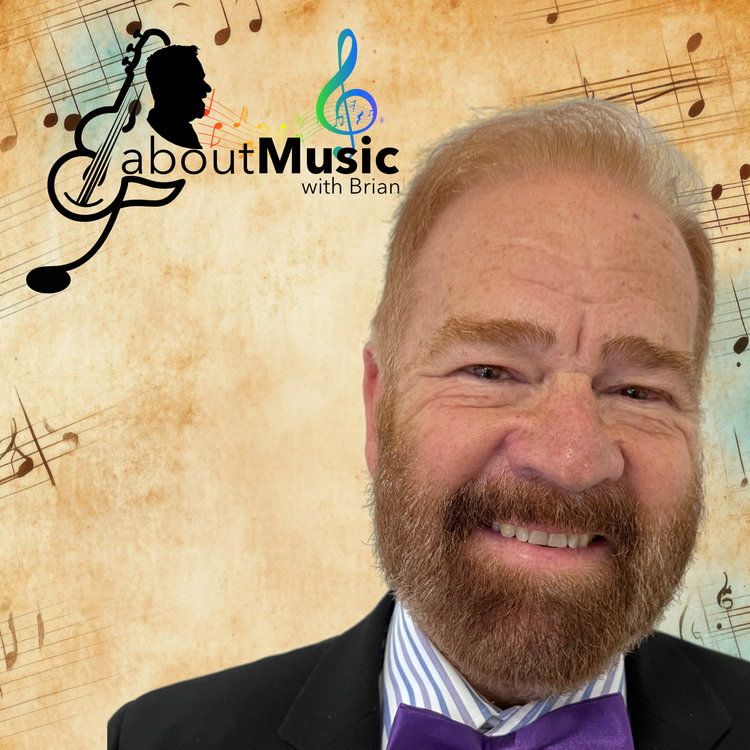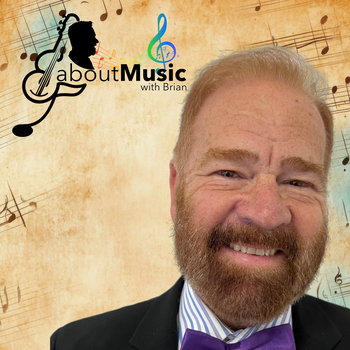
Programme 117 Double Reed, Double Delight – Concertos for Bassoon
Loading player...
A concert celebrating the wit, warmth, and expressive voice of the bassoon — that most human of instruments, capable of both laughter and lyric song.
Few instruments have as much personality as the bassoon. With its long wooden body and curling metal crook, it looks slightly eccentric — and sounds gloriously human. The bassoon can laugh and sigh, sing tenderly or mutter in comic complaint. Its voice bridges the warmth of the cello and the wit of the oboe, making it both a storyteller and a clown, often in the same breath.
Composer Work Notes
Danzi, Franz (1763–1826) Bassoon Concerto in F major, Op. 4 Cheerful, Mozartean Classicism with graceful melodies and sparkling runs. The opening Allegro is bright and buoyant, the Andante lyrical and tender, and the Polacca finale dances with effortless elegance.
Winter, Peter von (1754–1825) Bassoon Concerto in C minor A work of late Classical poise tinged with Romantic feeling. The minor tonality adds drama, while the slow movement offers warmth and poise before a spirited finale. Refined, expressive, and unjustly neglected.
Elgar, Edward (1857–1934) Romance in D minor, Op. 62 A gentle English reverie – wistful, tender, and quietly noble. Elgar’s short piece treats the bassoon as a singer rather than a jester, full of lyrical phrasing and subtle harmonic colour.
Saint-Saëns, Camille (1835–1921) Sonata for Bassoon and Piano, Op. 168 – I. Allegro moderato Elegant and charming, with that unmistakable French lightness. Written late in life, Saint-Saëns distilled a lifetime of Classical grace into this poised, melodious movement.
Håkansson, Patrik (b. 20th c.) Konzertstück for Bassoon and Orchestra A lyrical and harmonically warm modern work that honours the bassoon’s expressive tradition. Engaging and noble in tone, it affirms the instrument’s rightful place as a true solo voice rather than the orchestra’s clown.
Few instruments have as much personality as the bassoon. With its long wooden body and curling metal crook, it looks slightly eccentric — and sounds gloriously human. The bassoon can laugh and sigh, sing tenderly or mutter in comic complaint. Its voice bridges the warmth of the cello and the wit of the oboe, making it both a storyteller and a clown, often in the same breath.
Composer Work Notes
Danzi, Franz (1763–1826) Bassoon Concerto in F major, Op. 4 Cheerful, Mozartean Classicism with graceful melodies and sparkling runs. The opening Allegro is bright and buoyant, the Andante lyrical and tender, and the Polacca finale dances with effortless elegance.
Winter, Peter von (1754–1825) Bassoon Concerto in C minor A work of late Classical poise tinged with Romantic feeling. The minor tonality adds drama, while the slow movement offers warmth and poise before a spirited finale. Refined, expressive, and unjustly neglected.
Elgar, Edward (1857–1934) Romance in D minor, Op. 62 A gentle English reverie – wistful, tender, and quietly noble. Elgar’s short piece treats the bassoon as a singer rather than a jester, full of lyrical phrasing and subtle harmonic colour.
Saint-Saëns, Camille (1835–1921) Sonata for Bassoon and Piano, Op. 168 – I. Allegro moderato Elegant and charming, with that unmistakable French lightness. Written late in life, Saint-Saëns distilled a lifetime of Classical grace into this poised, melodious movement.
Håkansson, Patrik (b. 20th c.) Konzertstück for Bassoon and Orchestra A lyrical and harmonically warm modern work that honours the bassoon’s expressive tradition. Engaging and noble in tone, it affirms the instrument’s rightful place as a true solo voice rather than the orchestra’s clown.

